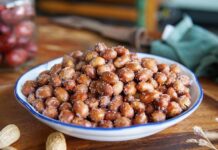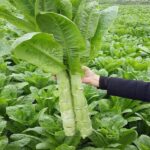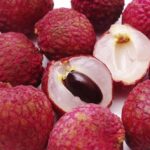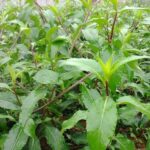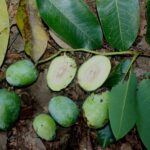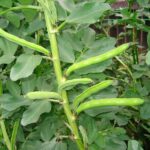One distinctive feature of bracken ferns is their elephant trunk-like curled leaves. Its small branches spread out in a circular pattern, resembling an open umbrella, which often leads to confusion with fern plants. However, the underside of bracken leaves bears small, round spore cases arranged in an orderly fashion, which is not observed in ferns.
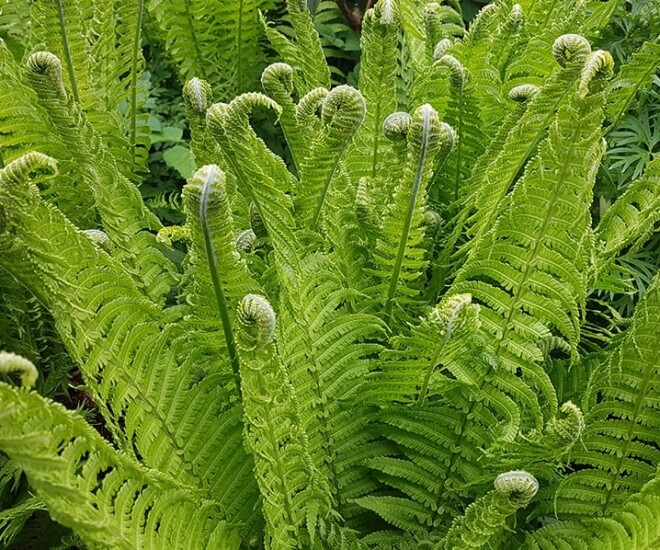
Bracken ferns used to grow wild in mountainous regions such as Thai Nguyen, Son La, Tuyen Quang, and Hoa Binh. They thrive in cool and humid climates. However, due to increasing consumer demand, bracken ferns are now widely cultivated and have become a delicacy sought after by city dwellers, with prices ranging from 170,000 to 200,000 VND per kilogram.
Young bracken fronds are commonly used and can be prepared in various ways, including boiling, stir-frying, making salads, or cooking in soups. As bracken has a slightly slippery texture, it is usually blanched in boiling water or sun-dried before cooking.
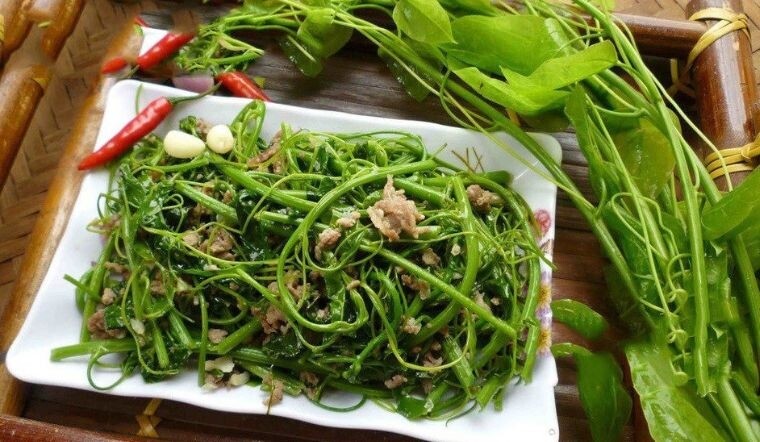
Not only is bracken fern popular for its delicious taste, but it is also known as the “king of vegetables” due to its high nutritional value and numerous health benefits. According to the United States Department of Agriculture (USDA), 100 grams of bracken provides approximately 34 kcal of energy, including 3.8 grams of protein, 0.4 grams of fat, 5.2 grams of carbohydrates, and 2.6 grams of fiber. It is also a good source of essential minerals such as calcium (174 mg), iron (2.7 mg), magnesium (52 mg), phosphorus (98 mg), and potassium (453 mg). Additionally, it contains vitamins A, C, and various B vitamins.
From the perspective of traditional medicine, bracken fern has a cooling property and is believed to possess diuretic, laxative, and analgesic effects. It is also thought to improve sleep quality and aid in postpartum recovery. Folk remedies use the leaves, stems, and roots of bracken fern, boiling them to create a medicinal concoction to treat coughs, diarrhea, skin infections, dysentery, and headaches.
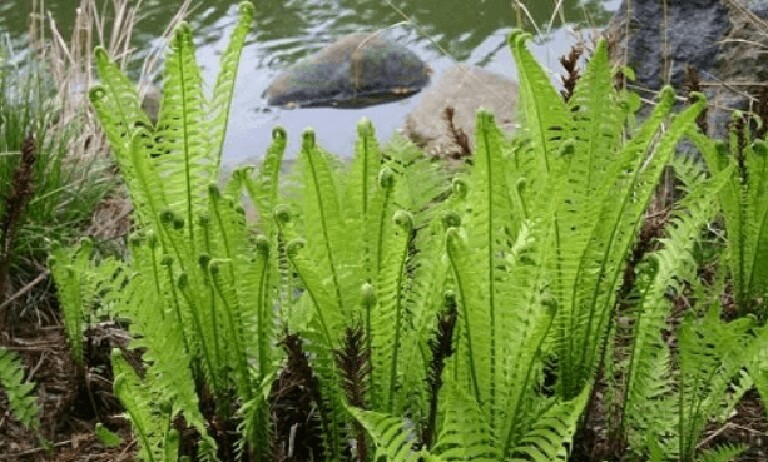
Modern medical research has revealed that extracts from bracken ferns exhibit strong antibacterial properties against pathogenic bacteria such as Salmonella, E. coli, and Staphylococcus aureus. The high antioxidant capacity of bracken ferns can be attributed to their rich flavonoid content, reaching up to 20 mg per gram of dry weight. This helps neutralize free radicals and protect cells from damage.
Furthermore, methanol extracts from bracken ferns demonstrate antifungal, analgesic, and hepatoprotective effects. Some studies also indicate their potential in glucose control by inhibiting the glucosidase enzyme, which is beneficial in managing diabetes. The presence of sterol and flavonoid compounds in bracken ferns suggests their role as a natural pain reliever and their potential in preventing liver disease and chronic inflammation.
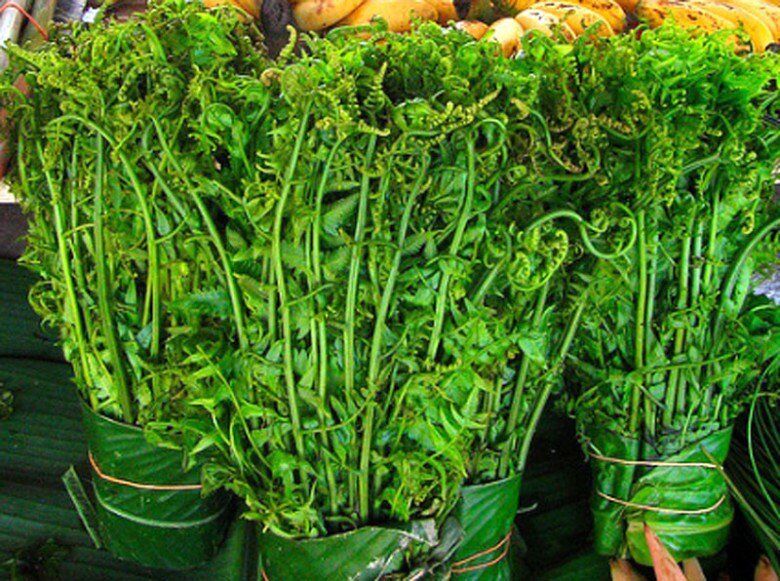
Growing and Caring for Bracken Ferns at Home
Although bracken ferns are native to forest areas, they can be cultivated at home, even in urban settings, provided that the soil and lighting conditions are suitable. Propagation can be done by dividing rhizomes from an existing plant or by sowing seeds. However, sowing seeds is generally recommended as it produces stronger plants that can better adapt to varying climatic and soil conditions.
To start the germination process, soak the seeds in warm water for about 1-2 hours, and then sow them in well-prepared soil with a pH between 5 and 7. Bracken ferns do not tolerate waterlogging, so ensure the planting site has efficient drainage. They prefer shaded areas, such as the edges of forests, streams, or places with partial shade.
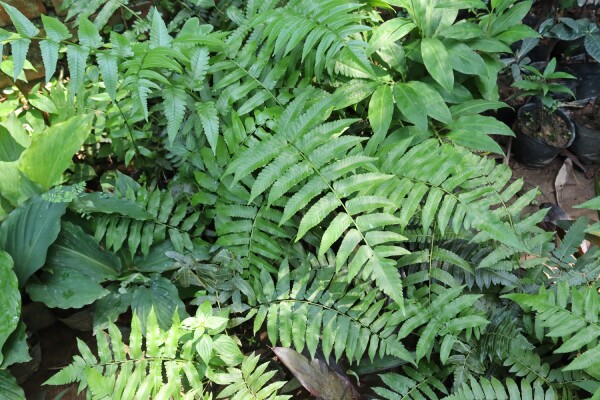
Caring for bracken ferns is relatively straightforward. Water the plants twice a day, preferably in the early morning and late afternoon, avoiding nighttime watering to prevent the growth of fungi. During the rainy season, monitor the drainage to prevent root rot. Additionally, periodic applications of organic fertilizer help maintain soil moisture and provide essential nutrients for the plants. When fertilizing, avoid applying it directly to the leaves and instead focus on the area around the roots.

Bracken fern seedlings.
Weed control is crucial for the healthy growth of bracken ferns, as weeds compete for nutrients. Regularly remove older leaves to encourage the growth of new fronds. With proper care, you can expect to harvest the first batch of fronds within 2-3 months. To ensure continuous growth, it is recommended to follow the “harvest two batches, leave one batch” principle, which means leaving one set of fronds to regenerate after two harvests. This practice allows for year-round harvesting.
The Forgotten Wild Berry: From Neglected to Sought-After Delicacy, This Fruit Boasts a Unique Flavor and Health Benefits at 140,000 VND per Kilogram.
The macadamia nut is not just a delight for the senses with its buttery, nutty flavor and aroma; it is also a nutritional powerhouse. This humble nut boasts an impressive array of health benefits, including enhanced cognitive function, improved cardiovascular health, and a natural boost for your skin’s radiance.















